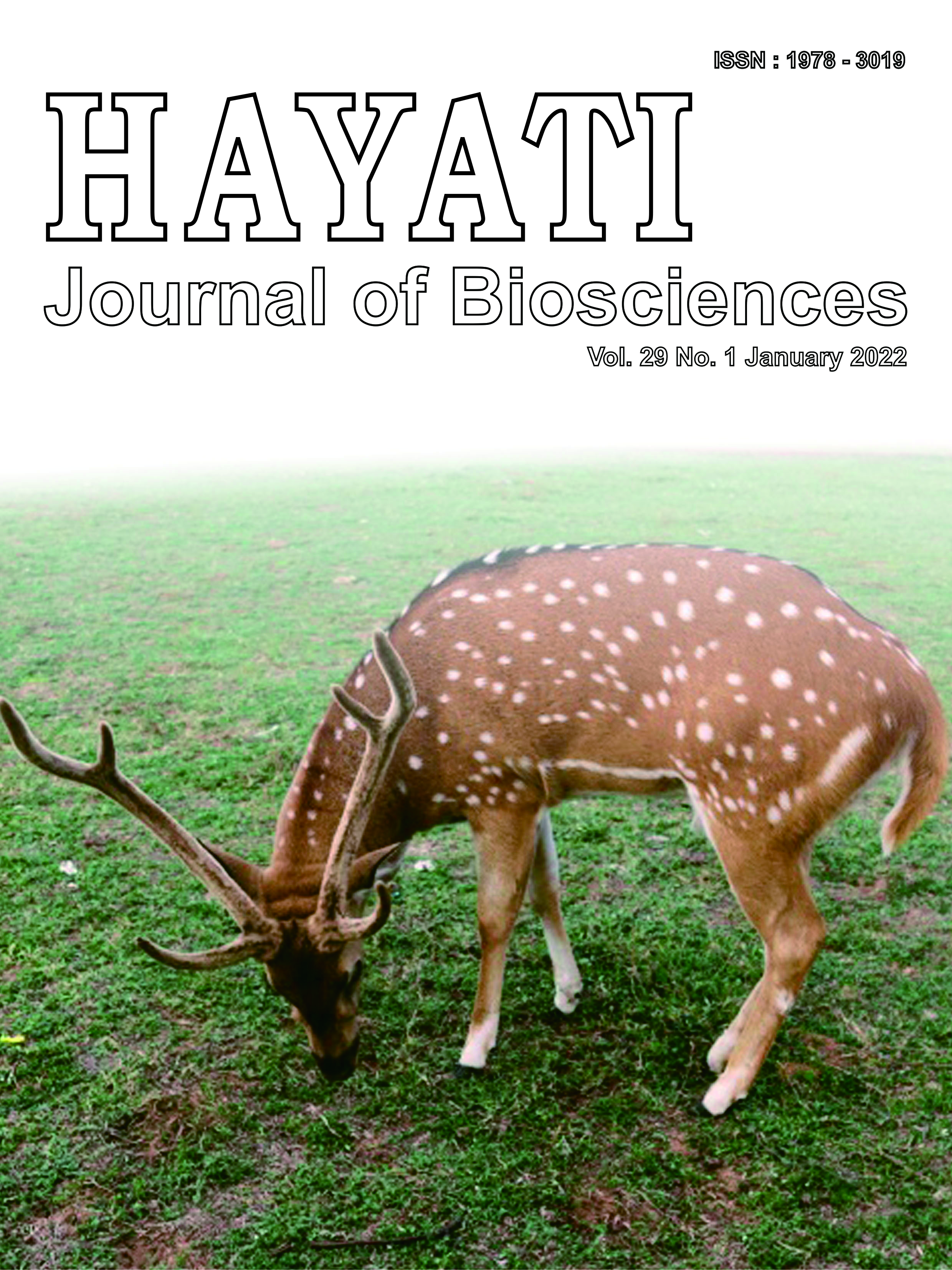Cross Species use of Human Microarray Genotyping Technology for Bornean Orangutan (Pongo pygmaeus) SNP Discovery
Abstract
Previous genetic studies of orangutans (Pongo spp.) have relied mainly upon mitochondrial DNA or microsatellite short tandem repeats (STR) for genomic genotyping analysis. Scientists have yet to take advantage of the genetic closeness of the great apes to humans for genomic analysis by using advanced techniques available for human genotyping. To genotype orangutans at Tanjung Puting National Park, we developed a novel combination of a methyl-based magnetic enrichment capture of genomic fecal DNA with genotyping on a human targeted single nucleotide polymorphism (SNP) microarray, and compared this to additional microsatellite (STR) micro-capillary genotyping. We successfully isolated 125 known human genomic SNP loci (0.08% of those targeted) which hybridized orangutan DNA on the human targeted Illumina Infinium QC array. We estimated genetic diversity and relatedness (r) using three estimators for a total of 32 (21 female and 9 male) wild orangutans at the Camp Leakey study site. Average TrioML relatedness within the sample, estimated from our combo SNP/
STR dataset, was at a range consistent with half and first cousins (r = .082). All sampled males and females had relatives within the study site indicating we have verified a local, closely related community of wild orangutans at Camp Leakey.
Downloads
Copyright (c) 2022 Ruth Ella Linsky, R. Steven Wagner, Reniastoetie Djojoasmoro, Joseph Lorenz, Biruté M. F. Galdikas

This work is licensed under a Creative Commons Attribution-NonCommercial 4.0 International License.
HAYATI J Biosci is an open access journal and the article's license is CC-BY-NC. This license lets others distribute, remix, tweak, and build upon author's work, as long as they credit the original creation. Authors retain copyright and grant the journal/publisher non exclusive publishing rights with the work simultaneously licensed under a https://creativecommons.org/

























.png) IPB University
IPB University Department of Biology
Department of Biology The Indonesian Biological Society
The Indonesian Biological Society 

